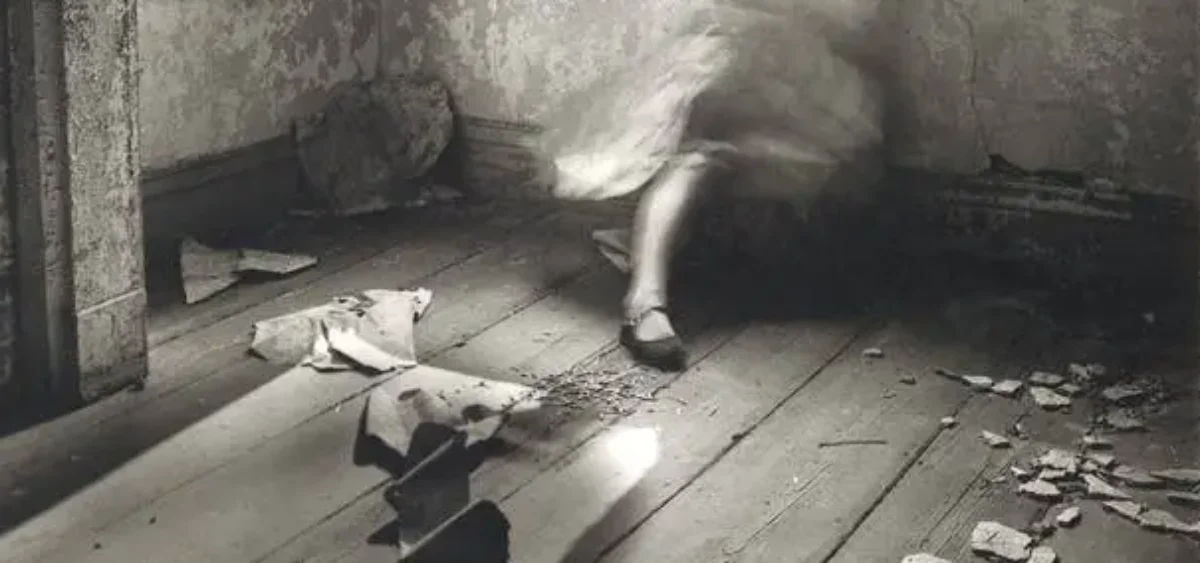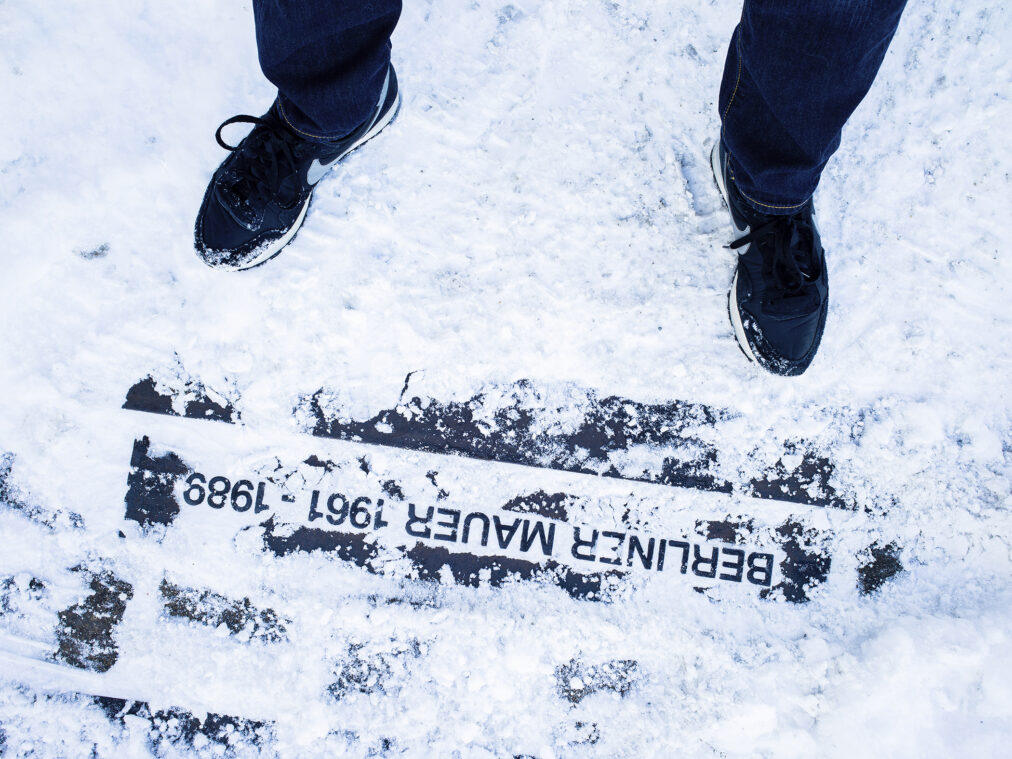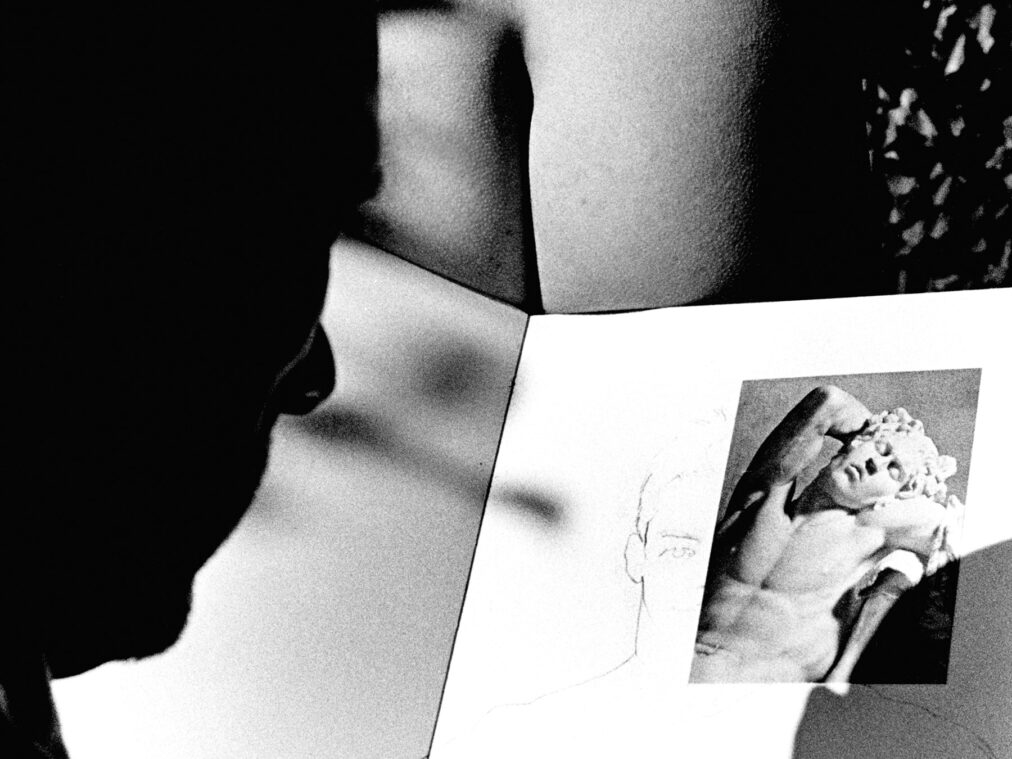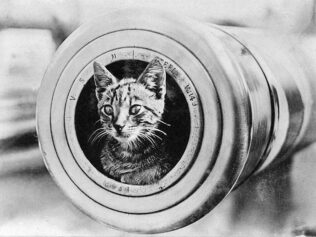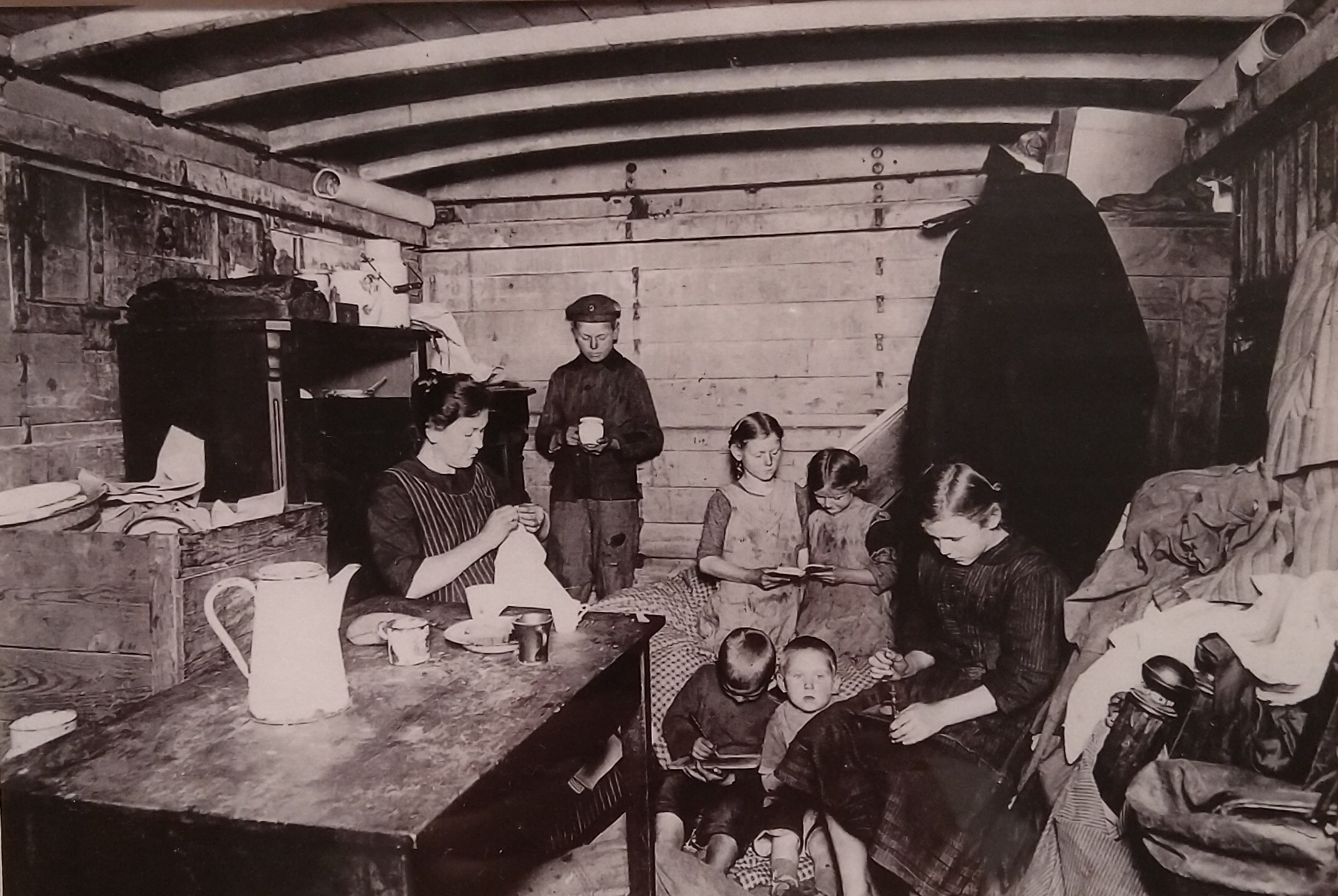
The American photographer known for her blurry black-and-white pictures was active for just several years, and her poetic and provocative work is only now receiving the recognition it deserves.
It’s hard not to think about her outside the context of her premature death. Francesca Woodman, now considered one of the most important photographers of the twentieth century, specialized in dreamlike self-portraits that show her in a moment of transformation, often out-of-focus, blurry, or disappearing.
Her black-and-white prints are permeated by a hypnotizing absence, as if what these photograph-paintings captured was—paradoxically—the very fragility or the illusory nature of all being.
This was my train of thought after I encountered Woodman’s pictures for the first time in 2015 in Vienna. If you have seen her work online only, you may be surprised at how small the pictures actually are: they are mostly 13 x13 cm prints, which does not diminish their powerful impact. On the contrary, these small photos, which demand we look at them up close, are a gateway to another world (which, as the surrealist Paul Éluard wrote, is in this one). They evoke an intimacy, but of a different kind than a confessional one, since—contrary to our first impression—Woodman’s photos relate to her only to a small extent.
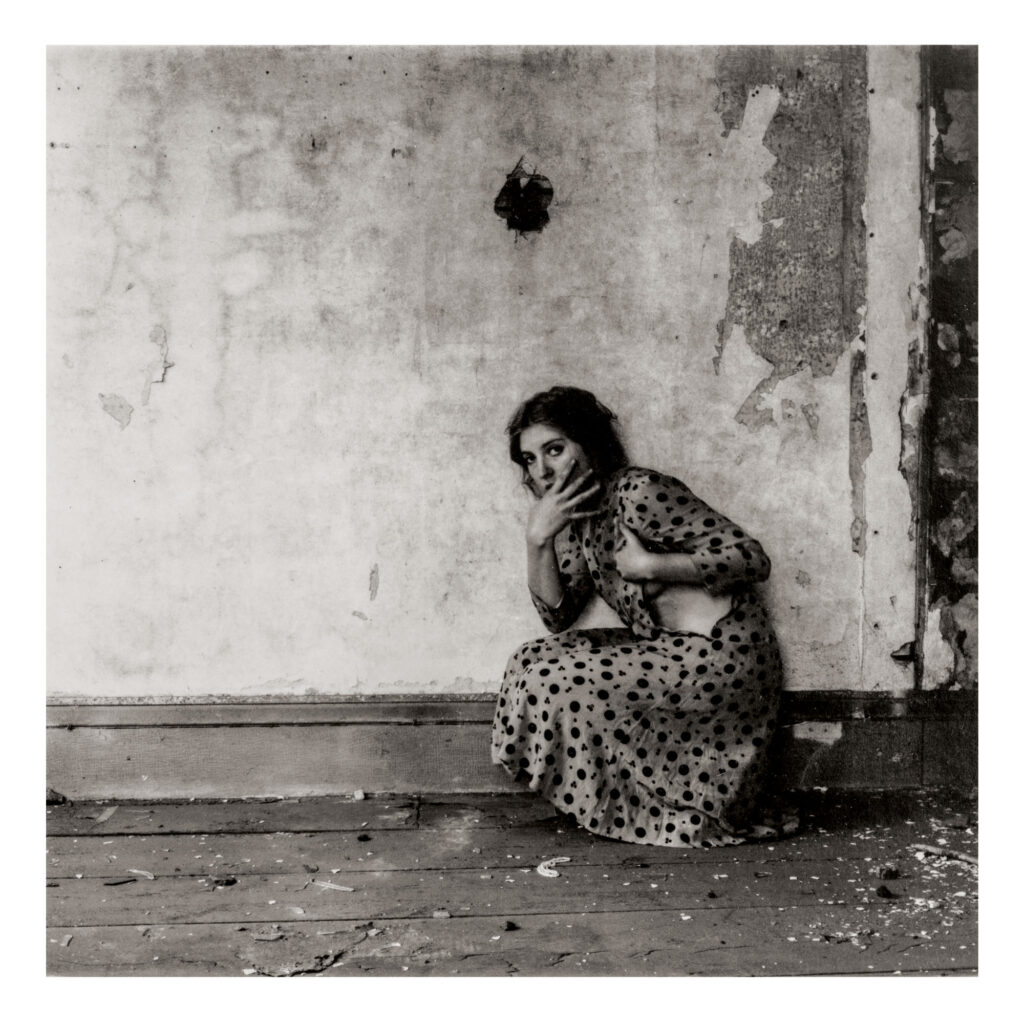
On the Boundary of Being
Francesca was born on April 3, 1958, in Denver, Colorado to a family of artists. Her mother made ceramic sculptures (and eventually became quite successful), her father was a painter and a photographer, and her older brother would become a video-artist.
She started taking photos at thirteen. Her 1972 self-portrait, shot in Antella in Italy, shows her in loose pants and a thick sweater, with her face completely covered by her hair. The gesture of hiding that which we would like to focus our gaze on, shifting viewers’ attention to peripheries, would be repeated in Woodman’s work, becoming perhaps one of her trademarks. In the picture in question, the girl is holding a long object (a broomstick?) in her outstretched hand, yet the perspective and the lack of focus make the object dissolve into a beam of . . . dark light? The mysterious shape in the foreground balances on the boundary of being and not being, as if the photographer questioned the assumptions of her medium. This method—“going against the grain”—yields extraordinary, innovative results.
Ahead of Herself
Woodman could allow herself to be contrary because already as a teenager, she knew perfectly well what she was doing. As we learn from Scott Willis’s documentary about her family (The Woodmans, 2010), experiencing and discussing art were a part of their everyday lives. The Woodmans often traveled to Italy (they owned a house outside of Florence). The whole family spent long hours at museums where the children were free to explore on their own. Already at that time, Francesca had conversed in her work with other artists. After all, her favorite form, the self-portrait, has a long tradition in painting (Dürer and Rembrandt are just two examples), further developed in photography—including within the surrealist movement, which was definitely a major influence on Woodman. She was also an avid reader and said that writers were a source of inspiration as well. Critics today see in her layered work references to mythology, including Ovid’s Metamorphoses, and to many other cultural texts.
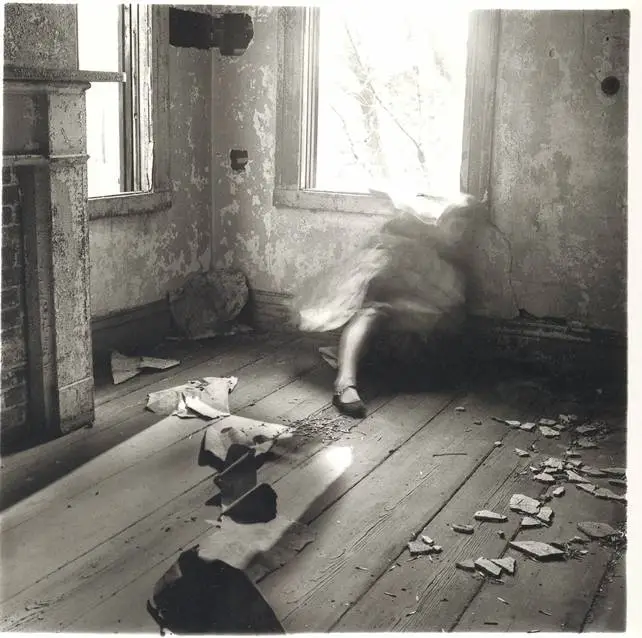
In 1975, she enrolled at the Rhode Island School of Design, and two years later, she received a scholarship to study in Rome. While at school, she created images showing an enigmatic woman incorporated into parts of a dilapidating apartment or house. One of the works that came into being in Rome is a particularly beautiful series, Angels. During her stay in the Italian capital, she often visited the surrealist bookstore, Maldoror. This is where she discovered André Breton’s Nadia, possibly also Max Klinger’s cycle of etchings, Parable of the Finding of a Glove. At Maldoror, too, she bought an old Italian geometry textbook, which she later turned into her work entitled Some Disordered Interior Geometries. The piece consists of photographs layered onto the textbook, along with some handwritten notes imitating journal entries that do not reveal anything apart from the poetry inscribed in all being. “Mirrors are just water specified,” one of the entries goes. In Geometries as well as in some of her other pieces, a glove appears occasionally—an allusion to Klinger?
Some Disordered Interior Geometries is one of the artist’s last pieces. In 1979, after returning from Rome and graduating from school, she went to live in New York City. In the 1980s, her career started gathering momentum. She showed her photographs at Daniel Wolf Gallery and the Alternative Museum, and she was an artist in residence at MacDowell Colony. Yet, it should be mentioned that in those days, photography had a completely different status than it has now, and that Woodman was ahead of her time. She was known in her milieu, yet she could not hope for a wider recognition then.
She also tried her hand at fashion photography. Today, her pictures would be mainstream; in those days they proved too radical.
On January 19, 1981, the twenty-two-year-old Woodman died by suicide. “So we lost her,” the photographer’s friend, artist and writer Betsy Berne, remembers.
The vast majority of Francesca Woodman’s extraordinary photos were taken in the five years preceding her twenty-second birthday. Succumbing to the (strong) pressure to look for signs presaging her suicide would not be doing her justice. This is a mature, self-aware, feminist oeuvre, exploring the relationship between body and space, experimenting with time and movement, with unveiling and camouflage. In the reminiscences of those who knew her, Woodman appears as someone exceptionally sensitive—as if her skin were inside-out. This very sensitivity might have been the common denominator of her talent and suffering, yet her photos do not talk about the suffering. In fact, she was happiest when working.
She also had a sense of humor and wrote quite well, which the journals she left behind indicate. “Pastries are my favorite art form,” she jotted down in the fall of 1975. Luckily, she didn’t confine herself to pastries.


